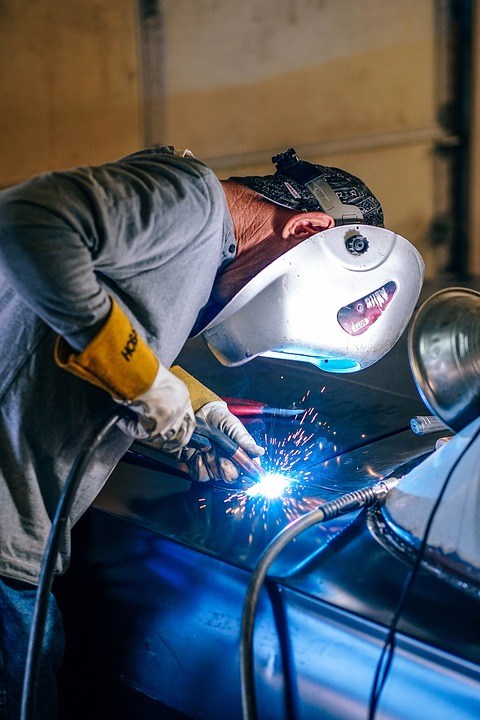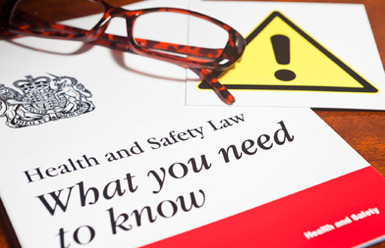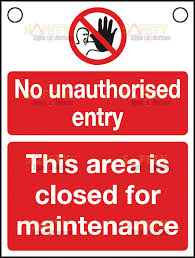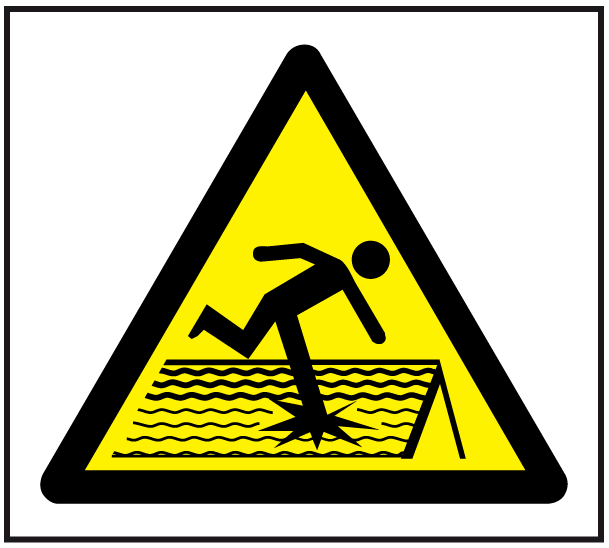HSE Welding Safety Changes and Guidance
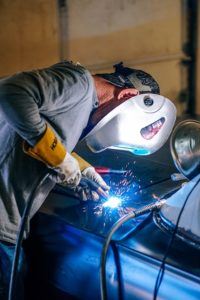 The Health and Safety Executive (HSE) have issued welding safety changes and guidance.
The Health and Safety Executive (HSE) have issued welding safety changes and guidance.
They are advising employers and business owners to review their risk assessments. Controls must be adequate to reduce risks to health.
Lung disease deaths linked to past exposures at work are estimated at 12,000. Estimated figures of people currently diagnosed with an occupational lung disease is 20,000. It’s time to take action!
Evidence confirms that general ventilation does not achieve the necessary controls. Welding fumes from mild steel contains manganese that is known to be carcinogenic. This can affect the kidneys and lungs over time. This is likely to affect thousands of workers in the UK manufacturing and engineering industry sector.
Existing UK regulations already deal with harmful welding fumes and more. These are detailed in The Control of Substances Hazardous to Health 2002 (amended 2004). It states that employers have a duty to ensure that exposure to substances hazardous to health are either prevented or adequately controlled. This includes not only the person carrying out the task, but other persons (employed or not) in the area.
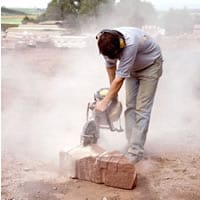 The HSE are currently focusing their attention on inhalation of hazardous substances at work. That means any business that produces or creates fumes, dusts, vapours, gases, fibres of any substance that is detrimental to health. They will expect to see ‘adequate containment controls’ in place that remove fumes etc. from the immediate area and are effectively protecting the workers.
The HSE are currently focusing their attention on inhalation of hazardous substances at work. That means any business that produces or creates fumes, dusts, vapours, gases, fibres of any substance that is detrimental to health. They will expect to see ‘adequate containment controls’ in place that remove fumes etc. from the immediate area and are effectively protecting the workers.
Engineering Controls and Personal Protective Equipment
However, before any Respiratory Protective Equipment (RPE) is issued other measures should come first. The HSE will expect to see ‘at source’ extraction through Local Exhaust Ventilation (LEV) as the first method to controlling fumes from welding. Opening doors and windows will not be acceptable, nor will welding outside be deemed as safe.
LEV may be mobile or fixed and whichever is used, it must be regularly maintained. All LEV equipment must be tested and inspected by a competent person at least every 14 months. If your business is solely welding, then this should be more frequent. Evidence of both an RPE and LEV program must be kept and available to an inspecting officer.
Prevention Before Cure
The HSE is focused on preventing occupational lung disease and any ill health of workers, self employed, contractors etc. Welders may not know that the risks associated with their work and these include, cancers, metal fume fever, radiation, burns-arc eye, inert gas inhalation from nitrogen and argon and noise.
As with controlling any other risks, effective supervision is key to ensuring that people are working in the safest possible way. Management must take action to correct any gaps in their health and safety systems and ensure that everyone is aware of the safe systems of work.
For further help with the prevention of occupational ill health, get in touch on 0161 298 1040. Don’t wait until it’s too late.
